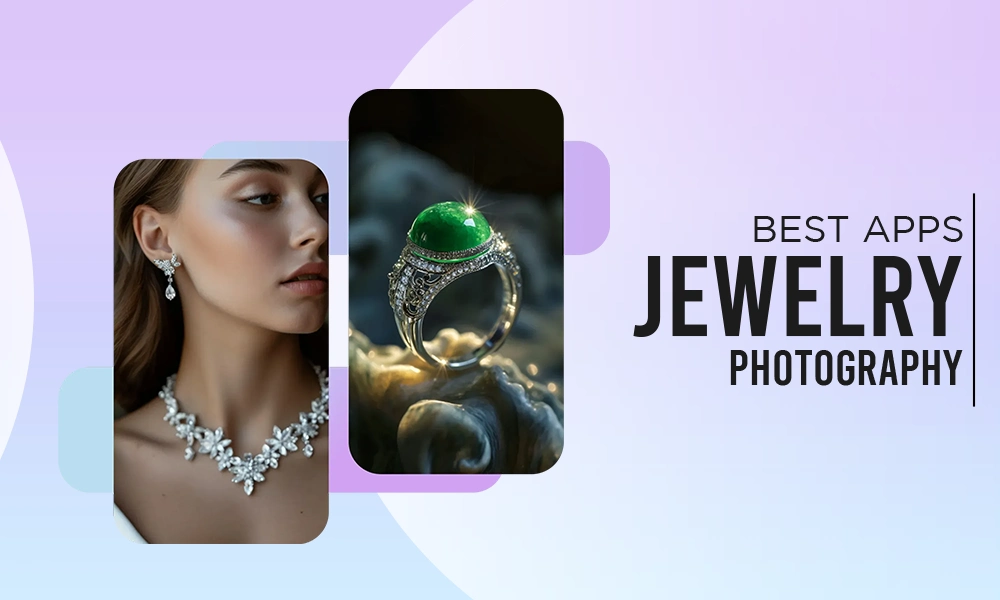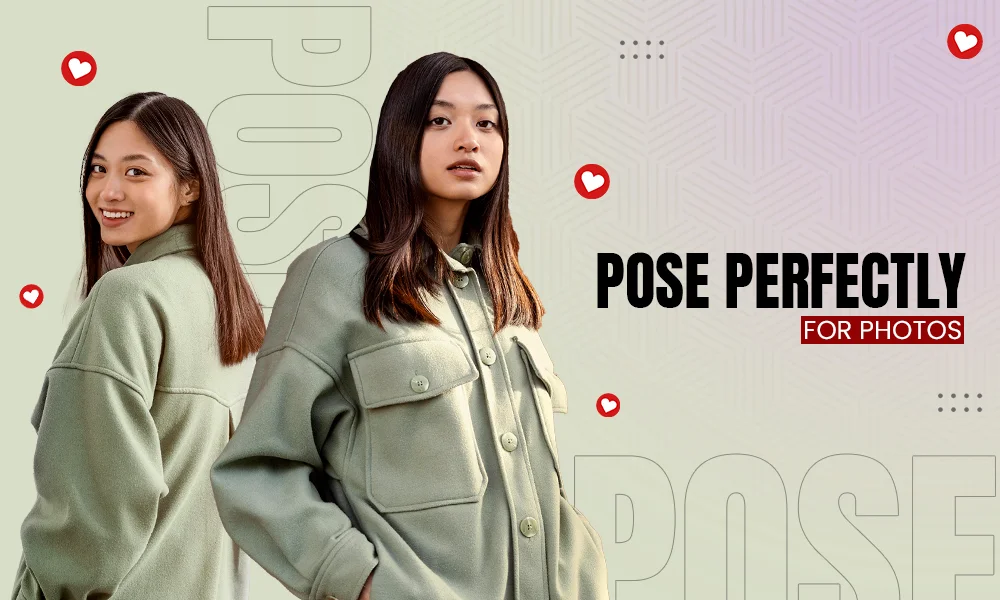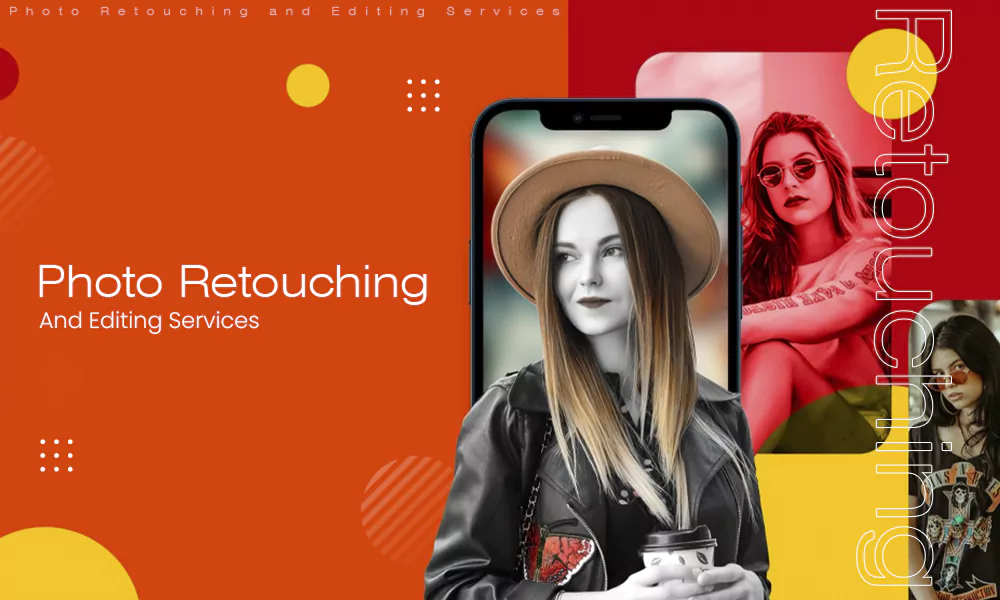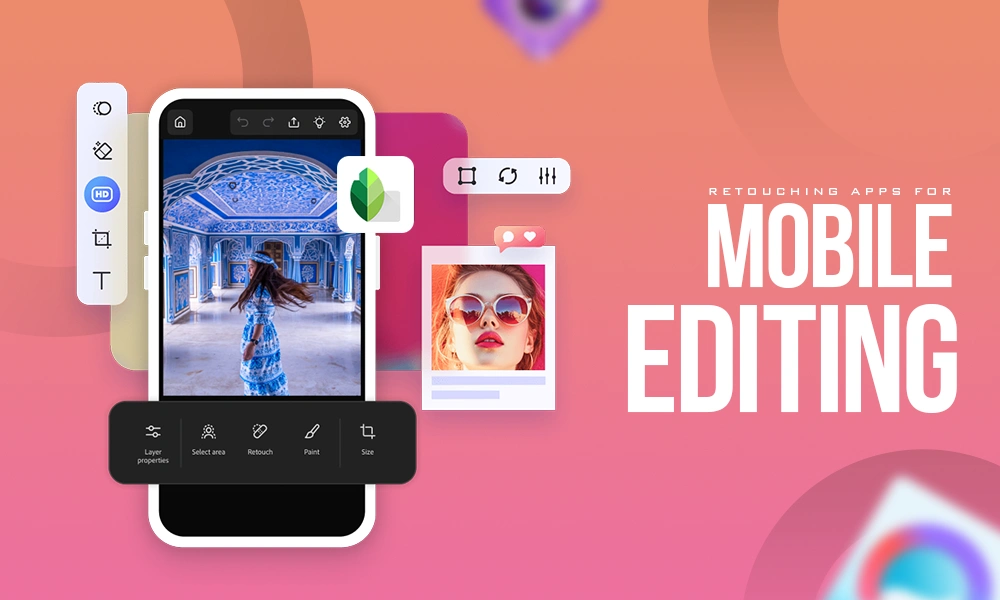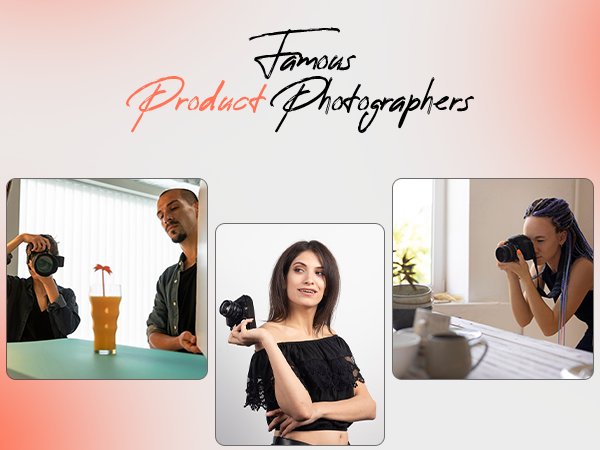
In our digitally-oriented world, images convey information faster than words. When you browse online, scroll through social media, or turn the pages of a magazine, the first thing that catches your attention is often the image of the product on the page.
These images have been captured by product photographers who specialize in combining technical skills with creativity to make everyday items interesting to look at and enticing to consider purchasing. Product photography is an important part of a brand identity and contributes to its marketing.
Excellent product photography draws in potential customers and showcases what a brand stands for while differentiating its products from the competition. This article will examine the skill, creativity, and accomplishments of some of the world’s leading product photographers.
What Makes Product Photography So Impactful
In a consumer-driven market, not surprisingly, visuals hold unrivalled power. Studies show that high-quality images of products impact purchasing decisions by instilling confidence and encapsulating brands’ credibility.
Visuals Activate Consumer Behaviour
Customers are likely to use product photos to evaluate whether a product meets their expectations. In fact, one professionally-produced image can illustrate features, textures, and usability better than multiple paragraphs of written text.
The Influence of Lighting, Composition & Editing
Lighting establishes an atmosphere. Composition steers the viewer’s eye. And editing sharpens the end product. Professionals take the time to purposefully harmonise depth of shadows, reflection, and toned colours. This is the fine detail that makes the difference between professional product photography and amateur product photography.
Professional/Amateur Product Photography
Anyone can snap a photo with a smartphone these days; however, product photography requires knowledge of:
- Perspective and image angles
- Clean lighting setups
- Clear images without unwanted backgrounds
- Accurate color
- Professional retouching
The Evolution of Product Photography
Product photography has transformed from basic catalogue images that conveyed information to unique and creative digital concepts expressing aesthetics and emotion.
Initially, product photography served newspapers and print advertising, but with the emergence of incredible technology, from new DSLR and mirrorless cameras to macro lens capabilities and AI tools, photographers can achieve sharper detail and quicker post-production.
As social media and e-commerce increase, brands now want lifestyle images, flat lays, splash photography, videos, and 360° product photography. The transformation from print to digital has expanded creative avenues and will continue to provide opportunities for photographers alike.
Also Read: Best Camera for Product Photography
Legendary Product Photographers Who Shaped the Industry
Irving Penn
Irving Penn is a giant in the arena of cool still-life compositions. The man himself vigorously experimented with texture and space to make mere things into fine art. Penn set the standard for all other art directors thinking of using often distilled compositions for their work in aiming to put forth a message in both Vogue and commercials.
Edward Weston
While he primarily engaged in fine art photography, Weston brought an artistic eye to commercial subjects. His insight and use of black-and-white tonality transformed objects that might otherwise seem commonplace, like peppers and shells, into dramatic sculptures.
Peter Lindbergh
Richard Lindbergh had the emotional high ground in blending fashion and product photography to seamless perfection. Although in recent times he has grown popularly known for his portraiture, the effect he has had on the editorial product field remains an unequalled giant, thanks to his early, raw yet cinematic approach.
Tim Wallace
Tim Wallace has revolutionised automotive and industrial product photography. Using high-contrast compositions and precision lighting techniques, he has put the bold on how vehicles traditionally appear to have an air of confidence, power, and futurism. Some of the world’s coolest brands, like Aston Martin and Jaguar, still use his iconic style.
Karl Taylor
Truly a lighting master, Karl Taylor is also known for some great attention to detail and technical accomplishment. His work shows how controlled lighting is used to bring out texture or form.
Modern-Day Masters and Influencers
The new generation of product photographers combines traditional know-how with creativity for the digital age. Just like world class graphic designers they are no less than a treasure.
Alex Koloskov
Famous for very high-speed liquid photography, Alex Koloskov captures splash effects, liquid motion, and dramatic interactions between products with intense detail and precision. His tutorials and workshops have made him a significant industry influencer.
Chris Burkard
A great photographer for outdoor or adventure photography, Chris Burkard, applies a lifestyle-oriented approach to product photos. Many brands, including travel, sports and apparel, are turning to Burkard to integrate their products in a more natural way within beautiful locations and scenery.
Annabelle Breakey
An established leader in food and beverage still life, Annabelle Breakey creates images that not only illustrate flavours with strong colours and heavy styling but also help elevate premium brands. Breakey’s images can be seen in deals with some of the most celebrated food brands and restaurants.
Jonathan Knowles
Jonathan Knowles is perhaps best known for his influence in the creation of classic celebrity ads with Guinness beer. His distinctive work is usually more finely detailed and often features splash and liquid dynamics with macro textures. In the world of contemporary product advertising photography, Knowles is one of a small handful of the most important photographers.
Secrets Behind Their Stunning Shots
What differentiates great product photographers is their unwavering attention to detail.
Innovative Light and Shadows
Lighting is the essence of product photography. Professionals utilise:
- Softboxes for soft highlights
- Reflectors for softening tones
- Hard lights to create the idea of shadows
- Backlighting for translucent products.
- Playing around with angles and intensity can create a bespoke feel for each product.
Advanced Post-Production Techniques
No product photo is complete without an experienced edit. Edits can include:
- Dust and scratches removal
- Background cleanup
- Color correction
- Reflection removal
Viewing texture enhancements
For the best translational works, most work with professionals. See here:
Attention to Detail
Professionals will ensure there’s no fingerprint on glass bottles or wrinkles in the cotton weave, and this is another mark of what separates top-level work from generic product images.
Collaboration
Artists, editors, light techs, and creative directors are all part of the output. All hands working together to create an image that works to your brand identity.
Tools and Techniques Used by the Pros
Expert product photographers use a combination of equipment and clever workflow options.
Cameras & Lenses
- Full-frame mirrorless or DSLR.
- Macro lenses to get the details.
- Prime lenses for sharpness.
- Tilt-shift lenses for getting the perspective right.
Lighting Equipment
- Use LED panels, studio strobes, light tents and diffusion boxes, reflectors and flags.
Editing Software
Most professionals use:
- Adobe Photoshop.
- Lightroom.
- Capture One.
You want things to look consistent- especially if you’re an online store, as you’ll need to have the same look for hundreds of product photos. You can find out more in: E-commerce Product Photography Tips.
Lessons Aspiring Product Photographers Can Learn
For those new to this medium, or accelerating your progressions as an image-maker, you can take these lessons to help you watermark your own product photography.
Create Your Own Visual Style
Your style is your mark. It might be:
- Deep and dark
- Clean and simple
- Colourful and bright
- Fast and action-oriented
Learning classic masters helps you to develop your own signature style.
Practice with Other Types of Product
Every product creates a challenge:
- Clear objects
- Shiny surfaces
- Different textures
- Liquid
- Small items
Creating different styles of moves adds flexibility to your style.
Know What’s In
Things such as 360 product videos, AI tools, or CGI/graphics are now expected on the professional workflow.
Outsource Professional Retouching
Even the best photo will require retouching. Getting a picture cleaned up will allow a shark photographer to stick to being creative and having someone else do the cleanup. Consider professional services like:
Photo Editing Company, Visuals Clipping
The Future of Product Photography
The future of product photography is about to be more about technology and experiential proof of products than the current norm.
AI & Automation
AI is being adopted for:
- Background removal
- Color matching
- Lighting adjustments
- Batch processing
This will enhance efficiency without losing quality.
Virtual Product Photoshoots & CGI
Many brands currently use:
- 3D models
- CGI renderings
- Virtual staging
All of this eliminates the use of physical samples while providing limitless uniqueness.
Desire for High-Quality Visuals
As e-commerce continues to expand, the demand for clean, consistent, and creative product photography will also expand. Brands that prioritise visuals will have a competitive advantage.
Conclusion
Product photographers have turned mundane objects into art through their use of lighting, shot composition, and creativity. Photographers, like the pioneer Irving Penn, and others like Alex Koloskov and Jonathan Knowles, are redefining the way we see and want products.
Whether you’re a brand, marketer, or an upstart photographer, you can learn techniques from these photographers to get started on your creative journey. With how we utilize AI and digital tools, there is an abundance of opportunities for creativity.
If you are looking to take your product photos to a new professional level, check out our photo retouching and image enhancement services at Visuals Clipping.



